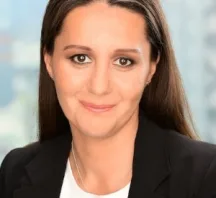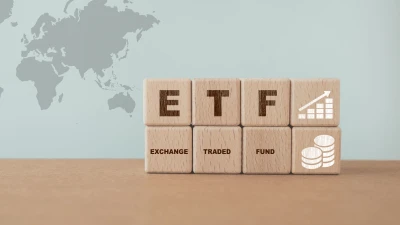Shaw and Partners appoints new CIO



Australia’s boutique investment firm, Shaw and Partners has promoted Martin Crabb, the company’s current head of research, to the new role of chief investment officer (CIO) to help accelerate the company’s product and service development.
In his new role, Crabb would be responsible for setting investment philosophy and strategy as well as driving investment decisions and taking a more commercial approach with institutional clients.
He would be also in charge of leading the branding and marketing direction for the company.
Crabb had been Shaw and Partners’ head of research for the past six years and has extensive experience in the development of investment solutions for clients as well as the creation of model portfolios.
The company announced that Mike Ryan, who was its head of equity, would now assume responsibilities for the institutional and research functions within the business.
Shaw and Partners’ co-chief executive, Earl Evans, said that the company’s recent development came to a point where it needed some broader investment offering so advisers could provide more comprehensive advice for their clients.
“We have been allocating significant resources, for some time, to ensure we have the right mix of investment choices for both our advisers and our clients and we have made the decision that this needs to be strategically overseen by someone with the knowledge and the experience to broaden both the reach and the scope of our advice and our product offerings,” Evans said.
During the past two years, the firm saw the arrival of 46 advisers.
Recommended for you
VanEck is expanding its fixed income range with a new ETF this week to complement its existing subordinated debt strategy which has received $1 billion in inflows this year.
Specialist global equities manager Nanuk has celebrated 10 years of its flagship New World Fund and is actively considering its next possible vehicle.
Australian equities manager Datt Capital has built a retail-friendly version of its small-cap strategy for advisers, previously only available for wholesale investors.
The dominance of passive funds is having a knock-on effect on Australia’s M&A environment by creating a less responsive shareholder base, according to law firm Minter Ellison.












